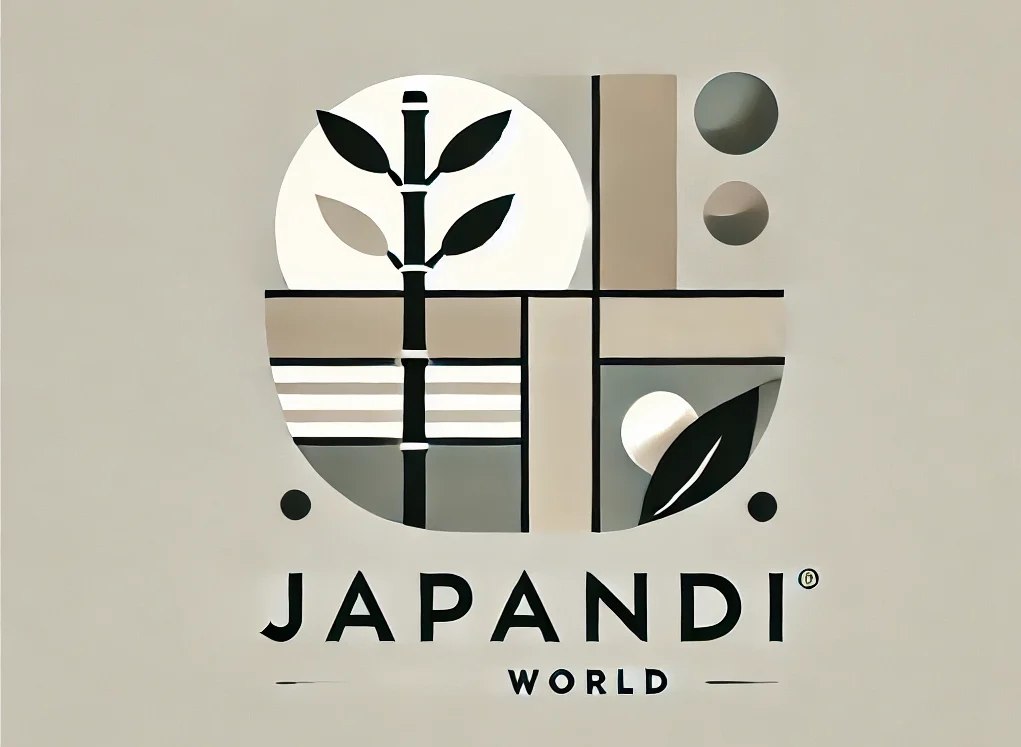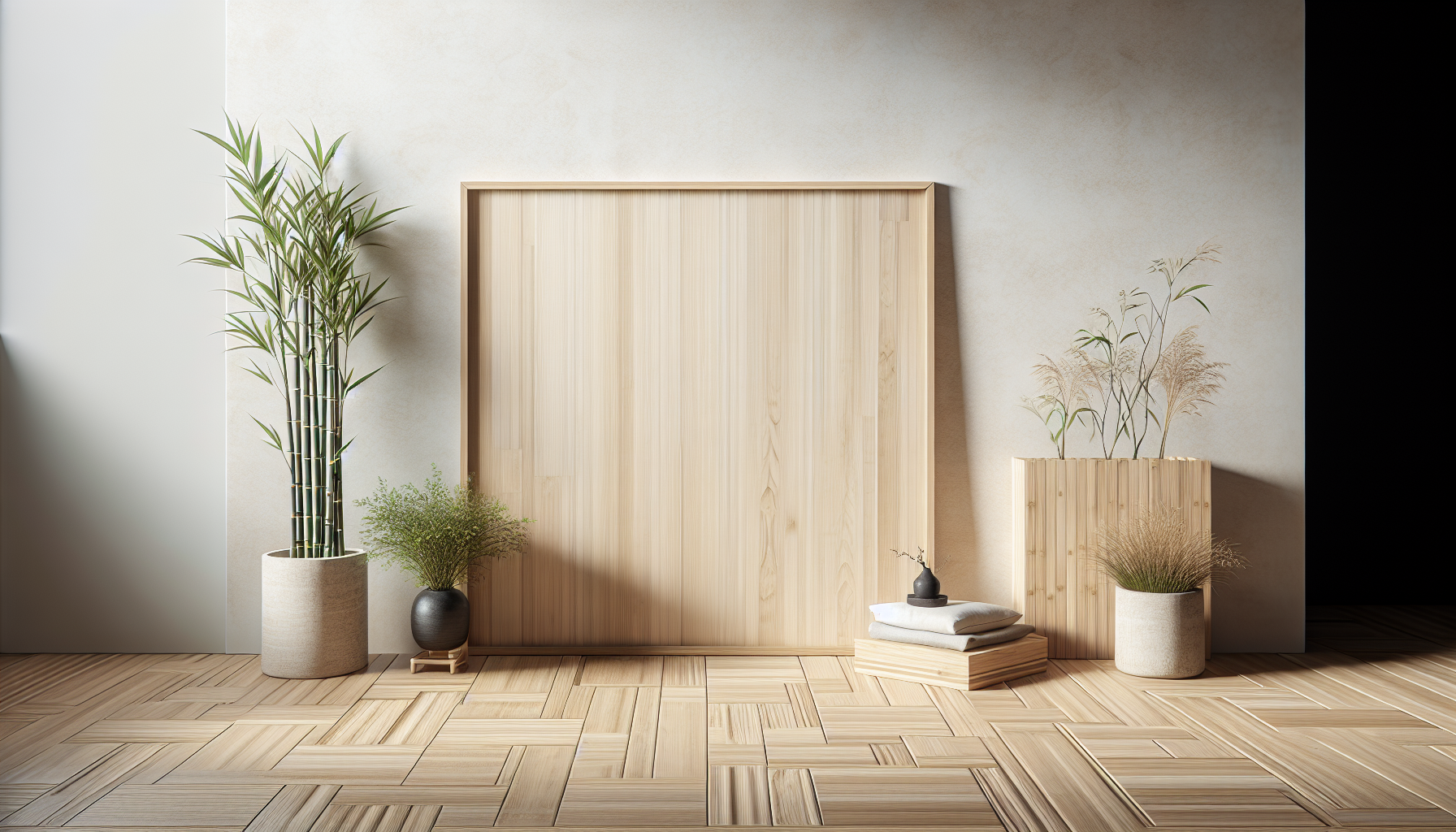What if you could enhance your home’s aesthetic while also being kind to the planet? With the growing awareness around sustainability, many homeowners are on the lookout for eco-friendly options that don’t sacrifice style. One such movement that combines minimalism and natural elements is Japandi design. Let’s uncover some sustainable flooring options that align with this chic and environmentally-conscious aesthetic.
Understanding Japandi Design
Japandi is a design philosophy that marries the warm, rustic touch of Japanese aesthetics with the clean, functional elements of Scandinavian design. This style emphasizes simplicity, functionality, and tranquility, making it a perfect choice for those who appreciate a serene living environment.
When it comes to flooring within this aesthetic, choosing materials that promote sustainability is key. You’re not only making an interior design choice but also a lifestyle decision that reflects your values.
What Makes Flooring Sustainable?
Before diving into the flooring options, it’s essential to understand what sustainable flooring means. Sustainable flooring refers to materials that have a minimal impact on the environment throughout their lifecycle. This can include the way the material is sourced, manufactured, and disposed of.
Key Characteristics of Sustainable Flooring
- Renewable Resources: Sustainable materials often come from renewable sources, such as bamboo or cork.
- Low Environmental Impact: These materials should ideally have a low carbon footprint during both production and transport.
- Durability: Sustainable flooring should be durable enough to withstand wear and tear, minimizing the need for replacements.
- Non-Toxic: Look for materials that are free of harmful chemicals and are safe for indoor air quality.
By choosing materials that embody these characteristics, you can ensure that your flooring choice respects both your aesthetic and the environment.
Sustainable Flooring Options for Your Japandi Home
Now that you have an understanding of what defines sustainable flooring, let’s dive into some options that align perfectly with Japandi design principles.
Bamboo Flooring
Bamboo is a standout sustainable flooring option for a number of reasons. As a rapidly growing grass, bamboo can be harvested every few years without harming the environment.
Benefits of Bamboo Flooring
- Eco-Friendly: Bamboo is renewable and can grow up to 3 feet a day.
- Durable: When properly treated, bamboo is as hard as or harder than traditional hardwood.
- Versatile Aesthetics: The light, neutral tones of bamboo fit seamlessly into the Japandi design palette.
Considerations
Although bamboo is a great option, it’s important to select high-quality, certified bamboo to ensure it’s sustainably sourced.
Cork Flooring
Cork flooring is another eco-friendly material that complements the Japandi aesthetic beautifully. Harvested from the bark of cork trees, this material is entirely renewable as the tree continues to grow after the bark is stripped.
Benefits of Cork Flooring
- Natural Insulator: Cork has natural insulating properties, making it energy-efficient.
- Comfortable Underfoot: Its cushioning effect provides comfort, perfect for a cozy home.
- Stylish Appearance: With various colors and patterns available, cork can add warmth and texture to your spaces.
Considerations
Cork is susceptible to water damage, so it’s best to avoid it in high-moisture areas like bathrooms unless properly sealed.
Hardwood Flooring
Opting for sustainably sourced hardwood can be a fantastic choice for a Japandi-inspired home. Look for woods certified by the Forest Stewardship Council (FSC), ensuring that they come from responsibly managed forests.
Benefits of Hardwood Flooring
- Classic Elegance: Nothing quite compares to the beauty of natural wood grain.
- Longevity: Properly maintained hardwood can last for decades, reducing waste.
- Variety: From light ash to rich walnut, there’s a wood type and stain for every aesthetic.
Considerations
Ensure to maintain your hardwood floors with eco-friendly cleaning products to preserve their beauty and integrity.
Linoleum Flooring
Linoleum is a natural material made from linseed oil, wood flour, and natural pigments. It’s biodegradable and usually made from renewable resources.
Benefits of Linoleum Flooring
- Eco-Friendly: Made from natural materials, linoleum is non-toxic and safe for indoor air quality.
- Durable and Hardwearing: With a proper finish, linoleum can withstand significant wear.
- Variety of Designs: You can find linoleum in many colors and patterns – perfect for modern Japandi aesthetics.
Considerations
Linoleum can be sensitive to water, so you need to avoid excess moisture, especially in kitchens and bathrooms.
Reclaimed Wood Flooring
Reclaimed wood is salvaged from old buildings, floors, and furniture, giving new life to old materials while conserving resources. This option resonates with the Japandi theme, emphasizing sustainability and craftsmanship.
Benefits of Reclaimed Wood Flooring
- Unique Character: Each piece of reclaimed wood has its history, offering unique grains and colors.
- Environmental Benefits: Reusing wood prevents deforestation and reduces waste.
- Sustainable Option: You’re giving new life to materials that might otherwise end up in a landfill.
Considerations
You’ll need to find a reliable source to ensure the wood’s origin and treatment. Reclaimed wood also can be more expensive than newer products, but the unique look may be worth the investment.
The Importance of Installation
Choosing sustainable flooring is the first step, but installation plays a crucial role in maximizing its benefits. Proper installation can ensure longevity and performance, especially in sustainable choices like cork and bamboo.
DIY vs. Professional Installation
Consider your skills when deciding between DIY and professional installation. While you may be tempted to tackle it yourself to save money, certain materials, like hardwood, require a professional’s knowledge to install correctly and avoid future problems.
Maintaining Your Sustainable Flooring
Once your flooring is installed, maintaining it properly is essential to ensure its longevity. Here are some general maintenance tips:
- Regular Cleaning: Sweep or vacuum regularly to avoid dust and dirt buildup.
- Use Eco-Friendly Cleaners: Opt for non-toxic cleaning products that won’t harm your floors or the environment.
- Protect from Moisture: Use rugs in high-moisture areas and promptly clean spills to prevent damage.
Making a Choice
Choosing the right sustainable flooring for your home can seem daunting with so many options available. To make the process easier, consider the following factors:
Define Your Style
Align your flooring choice with your overall design vision and lifestyle needs. Does your space demand a warm, soft feel? Is durability your priority due to pets or heavy foot traffic?
Set a Budget
Determine how much you’re willing to spend. Sustainable options can vary significantly in price, so having a budget can narrow down your choices right away.
Consider the Environment
Think about the environmental impact of the materials you choose. Look for certifications and sustainable practices that resonate with your values.
Seek Professional Guidance
Sometimes, consulting a flooring specialist can provide insights into the best material based on your specific requirements. They can advise on what might work best for your space.
In Summary
Choosing sustainable flooring options that align with the Japandi aesthetic is not just a design choice; it reflects your lifestyle and values. From bamboo to reclaimed wood, each option holds unique benefits that elevate both style and sustainability.
By selecting floor materials that prioritize environmental responsibility, you contribute to a more sustainable future while creating a tranquil and elegant living space that you’ll love for years to come. Given the right choice, flooring can act as a beautiful backdrop, harmoniously blending nature’s beauty with thoughtfully curated interiors.
Ultimately, when you select eco-friendly flooring, not only are you enhancing the beauty of your home, but you also invest in the health of the planet—one step at a time!

